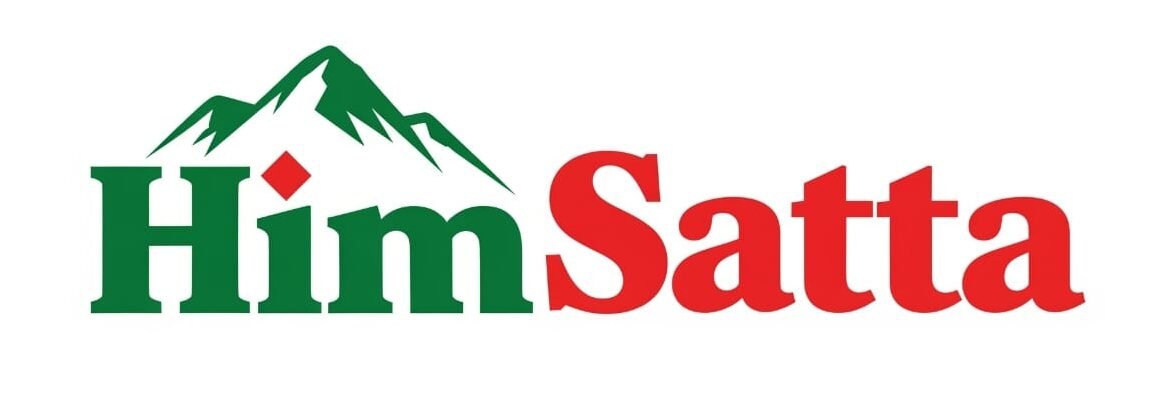Punjab – As the clock struck midnight on May 31st, signaling the end of the self-imposed deadline set by the Aam Aadmi Party (AAP) government to make Punjab drug-free, a wave of skepticism and pointed questions emerged from the opposition. Punjab Congress President Amarinder Singh Raja Warring spearheaded the criticism, demanding immediate clarification from Chief Minister Bhagwant Mann regarding the outcome of the much-touted “War on Drugs.” The passing of this critical deadline has not only intensified the political discourse surrounding the drug menace but also cast a spotlight on the efficacy and transparency of the government’s efforts.
Warring, in a direct challenge to the Chief Minister, questioned whether the “war” had indeed been won, or if the state was witnessing a “unilateral ceasefire” in the fight against narcotics. He lambasted the AAP government for what he termed “unrealistic deadlines” set merely for “media optics,” suggesting a disconnect between the government’s rhetoric and the ground reality. This strong condemnation highlights the deep-seated political rivalry that often overshadows substantive policy discussions in the state. The Congress leader’s demand for a “grand announcement” from the Chief Minister himself, should a victory truly have been achieved, further underscores the political theatre surrounding this grave issue.
On the other hand, Director General of Police (DGP) Gaurav Yadav, while acknowledging the challenge, presented a more nuanced perspective on the anti-drug drive. He asserted that the police’s relentless efforts under the “Yudh Nashyan Virudh” initiative have achieved “major success” in disrupting the supply lines of narcotics across the state. The DGP cited intelligence reports and informal surveys indicating a significant increase in the street-level prices of heroin by 50% and synthetic drugs by 40%. This surge in prices, according to Yadav, is a direct indicator of the effectiveness of strict enforcement and a disrupted supply network, making drugs less accessible. He emphasized that the fight against drug menace is a continuous process, and while complete eradication is a long-term goal, substantial progress has been made in reducing the availability of illicit substances.
The police force’s strategy is multi-pronged, focusing on enforcement, de-addiction, and prevention. DGP Yadav highlighted that 13,038 individuals have been arrested and 8,344 FIRs registered under the Narcotic Drugs and Psychotropic Substances (NDPS) Act, with 1,696 of the arrested being “big fish” in the drug trade. Furthermore, significant seizures including 586 kg of heroin, 14,000 kg of poppy husk, and over 25 lakh capsules and tablets underscore the scale of the operations. The success rate in convictions for drug-related cases stands impressively at 90%, with 1,085 convictions out of 1,205 completed trials. The disruption of hawala networks, leading to 48 arrests and the recovery of ₹10.76 crore in hawala money, further demonstrates the comprehensive approach to dismantling the financial backbone of drug trafficking.
Looking ahead, the Punjab Police is exploring innovative technological solutions. A significant proposal under consideration is the implementation of GPS trackers on the ankles of drug smugglers released on bail, mirroring a successful initiative in Jammu & Kashmir for UAPA accused. DGP Yadav confirmed that this proposal is being examined from a legal standpoint, with a focus on ensuring the right to privacy while enhancing surveillance on notorious offenders. This move, if implemented, would represent a major leap in monitoring and controlling the movements of high-risk individuals. Additionally, an artificial intelligence (AI) software, building on the existing Punjab Artificial Intelligence System (PAIS) launched in 2019, is being developed to create a hierarchical database of arrested drug smugglers for better forward and backward linkages in investigations. The state also anticipates the deployment of advanced anti-drone systems along the Indo-Pak border by August, a crucial step to curb cross-border smuggling of drugs and weapons.
Beyond enforcement, the Punjab Police is adopting a compassionate approach towards drug users, treating them as patients rather than criminals. Over 1,100 individuals caught with small quantities of drugs have been sent for de-addiction and rehabilitation under Section 64-A of the NDPS Act. Thousands more have been motivated to seek treatment at de-addiction centers and Outpatient Opioid Assisted Treatment (OOAT) clinics, often with the involvement of village elders and panchayats. A new initiative, “Each One Adopt One,” encourages every police officer, from DGP downwards, to adopt one drug user and assist them through their de-addiction and rehabilitation process, fostering a personalized approach to recovery. Village panchayats are also being actively engaged to assess the drug situation locally and declare their villages “Nasha Mukt” (drug-free), empowering communities in the fight.
Despite the comprehensive efforts and claimed successes, the political rhetoric continues to highlight the complex nature of the drug problem in Punjab. While the DGP asserts a significant reduction in drug availability and disruption of supply chains, the opposition demands tangible evidence of a drug-free state. This ongoing debate underscores the multifaceted challenge of tackling a deeply entrenched social and economic issue, where public perception and political accountability play as crucial a role as enforcement and rehabilitation efforts. The next phase of Punjab’s anti-drug campaign will undoubtedly involve a continued focus on strict enforcement, technological integration, community engagement, and a robust rehabilitation infrastructure, all under the watchful eye of both the public and political adversaries.
#PunjabDrugWar #AntiNarcoticsDrive #BhagwantMann #RajaWarring #PunjabPolice #GPSTrackers #DrugMenace #OperationYudhNashyanVirudh #NashaMuktPunjab #AAPGovernment #PunjabPolitics





